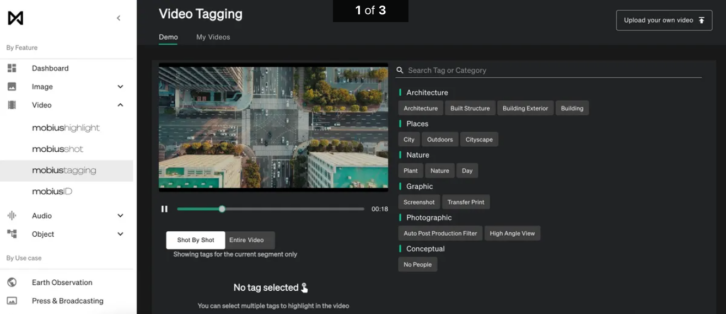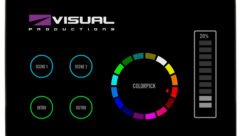
At IBC 2022 on booth 5.D55, Mobius Labs, a developer of next-generation AI-powered metadata technology, will unveil Visual DNA, a new AI-based system that is set to transform the way the broadcast industry manages video ingest, image tagging, search and archive.
Visual DNA ushers in a new generation of AI-powered solutions for ultra fast analysis and creation of descriptive metadata from video content, providing broadcasters and other content owners with a range of intuitive new ways to search, discover and analyse video assets with the innovative ability to completely re-index their libraries without the need to return to original footage.
By creating an ultra-compact description of video frames (around 10,000 times smaller than the corresponding 4k video content) at lightning speed, one hour of video content requires just 10MB of Visual DNA metadata storage and can be re-indexed in less than one second.
Visual DNA also unlocks a host of additional new benefits not previously available with traditional metadata. This includes natural language customisable tags and facial recognition based on expressions rather than 6 or 7 over-simplified emotions.
Compatible with existing MAMs or DAMs in the cloud or on-premise, the new software is capable of intelligently searching archive video that was poorly tagged or has no metadata so that content libraries can always be kept fresh and relevant.
“Many media and broadcasting companies around the world are already leveraging AI metadata technology to streamline their workflows and productively manage their content archives,” said Appu Shaji, CEO and Chief Scientist at Mobius Labs. “We’re proud to be a leading this transformation and are looking forward to showing how broadcasters and other content owners can benefit from this new technology.
“Broadcasters realise that their content library is only as valuable as their ability to search it quickly and efficiently,” said Jeremy Deaner, COO, Mobius Labs. “The technology is now available for them to do this without human intervention and to maximise opportunities for content monetisation.”










